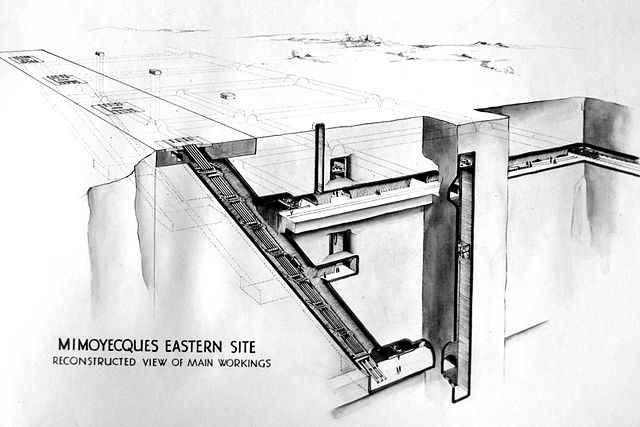Wunderwaffe is a German word meaning "wonder-weapon" and was a term assigned during World War II by Nazi Germany's propaganda ministry to some revolutionary "superweapons". Most of these weapons however remained prototypes, which either never reached the combat theater, or if they did, were too late or in too insignificant numbers to have a military effect. The V-weapons, which were developed earlier and saw considerable deployment, especially against London and Antwerp, trace back to the same pool of highly inventive armament concepts. In the German language, the term Wunderwaffe generally refers to a universal solution which solves all problems related to a particular issue, mostly used ironically for its illusionary nature.
V-1 flying bomb
V-2 missile
V-3 cannon
V-2 rocket at Peenemünde Museum
V-weapons, known in original German as Vergeltungswaffen, were a particular set of long-range artillery weapons designed for strategic bombing during World War II, particularly strategic bombing and/or aerial bombing of cities. They were the V-1, a pulsejet-powered cruise missile; the V-2, a liquid-fueled ballistic missile ; and the V-3 cannon. Germany intended to use all of these weapons in a military campaign against Britain, though only the V-1 and V-2 were so used in a campaign conducted 1944–45. After the invasion of western Europe by the Allies, these weapons were also employed against targets on the mainland of Europe, mainly in France and Belgium. Strategic bombing with V-weapons killed approximately 18,000 people, mostly civilians. The cities of London, Antwerp and Liège were the main targets.
V-1 flying bomb
V-2 missile
V-3 cannon
A V-1 is rolled out





